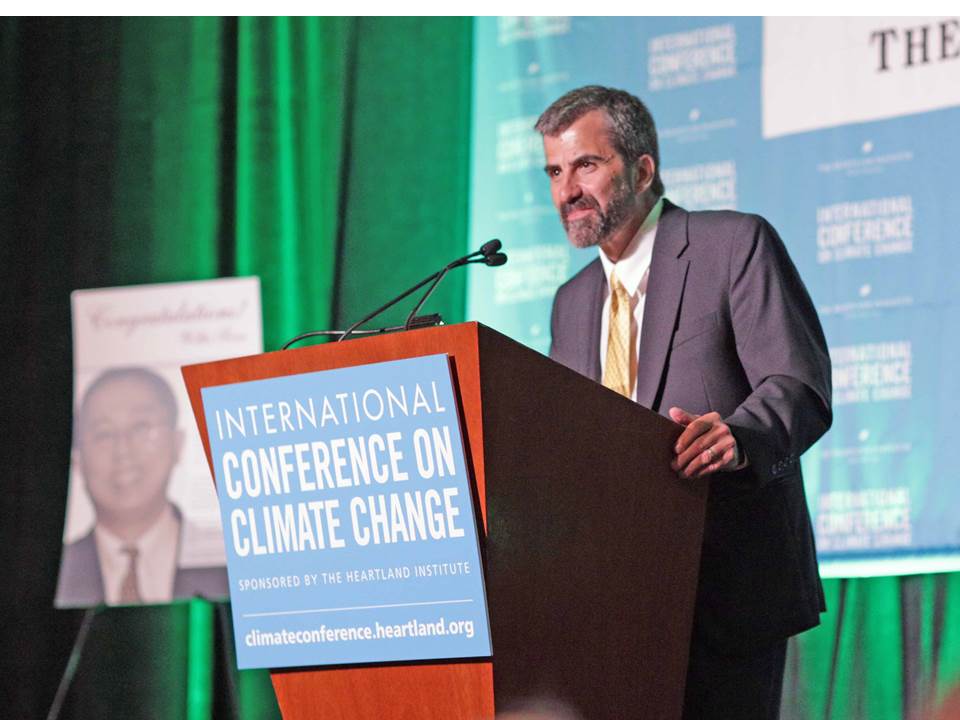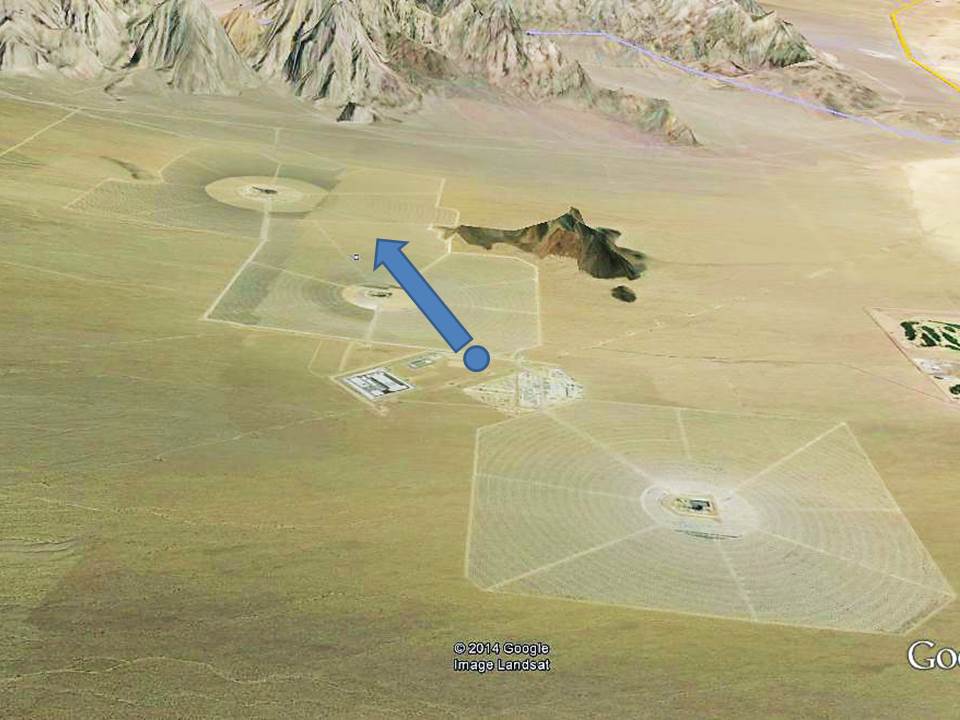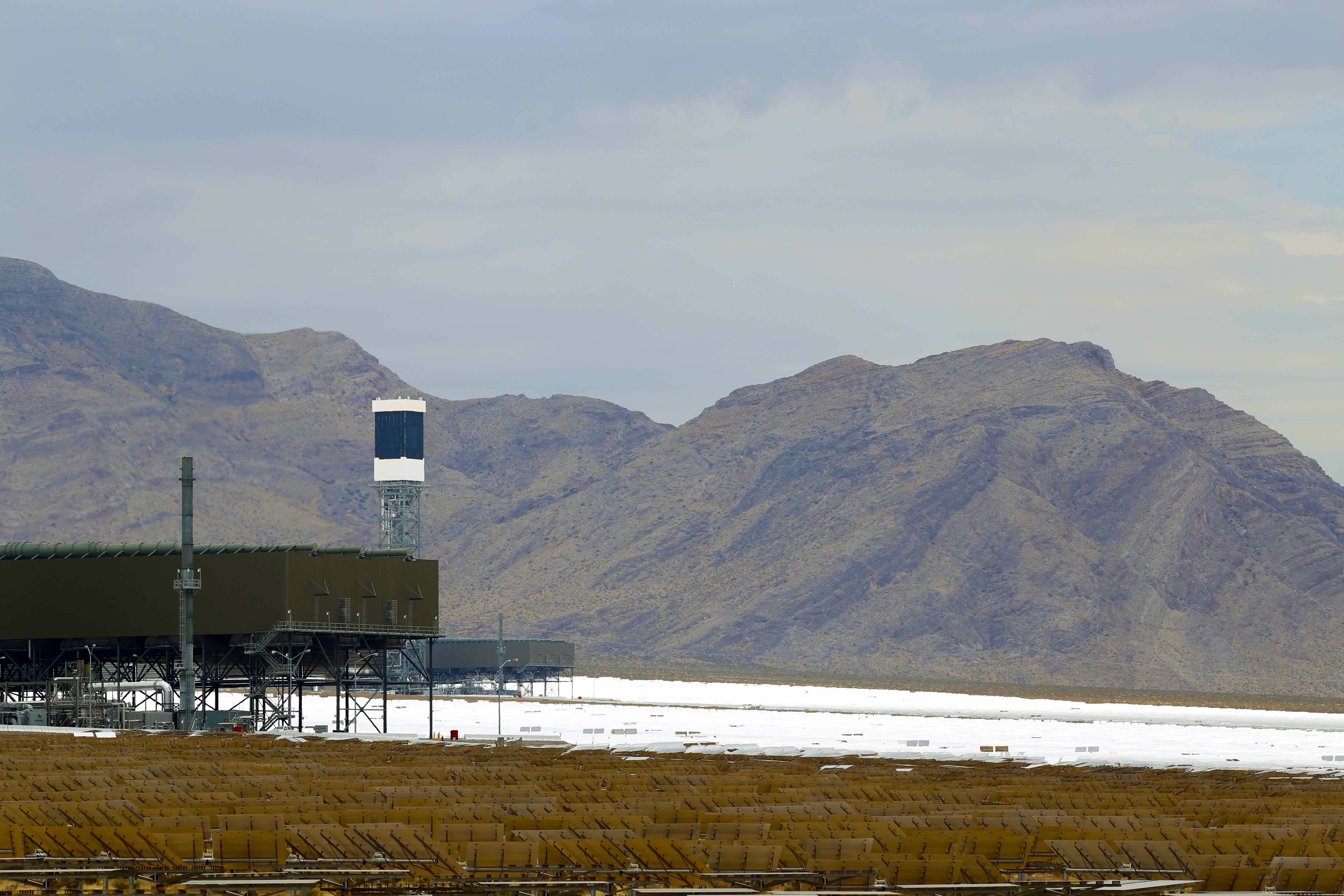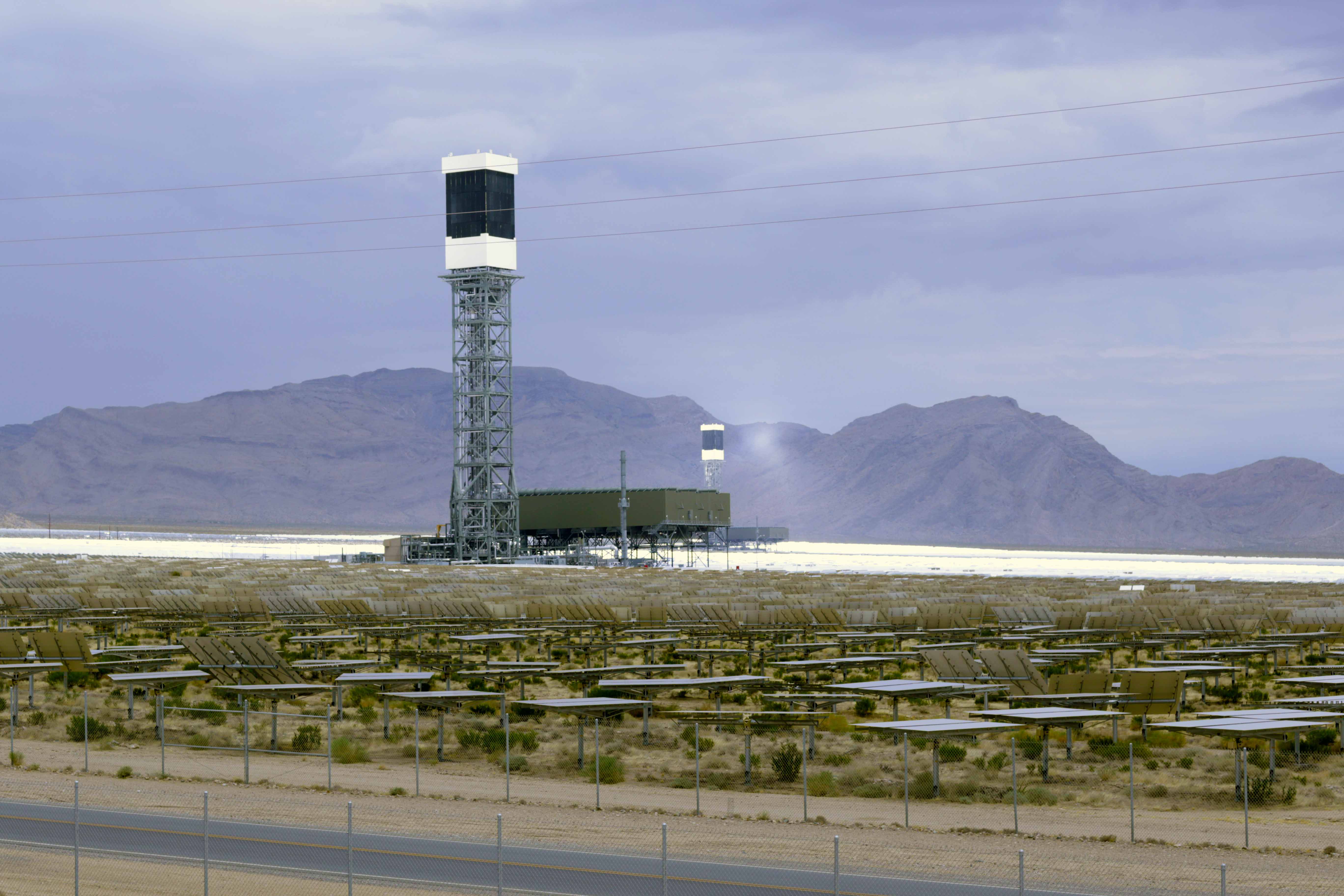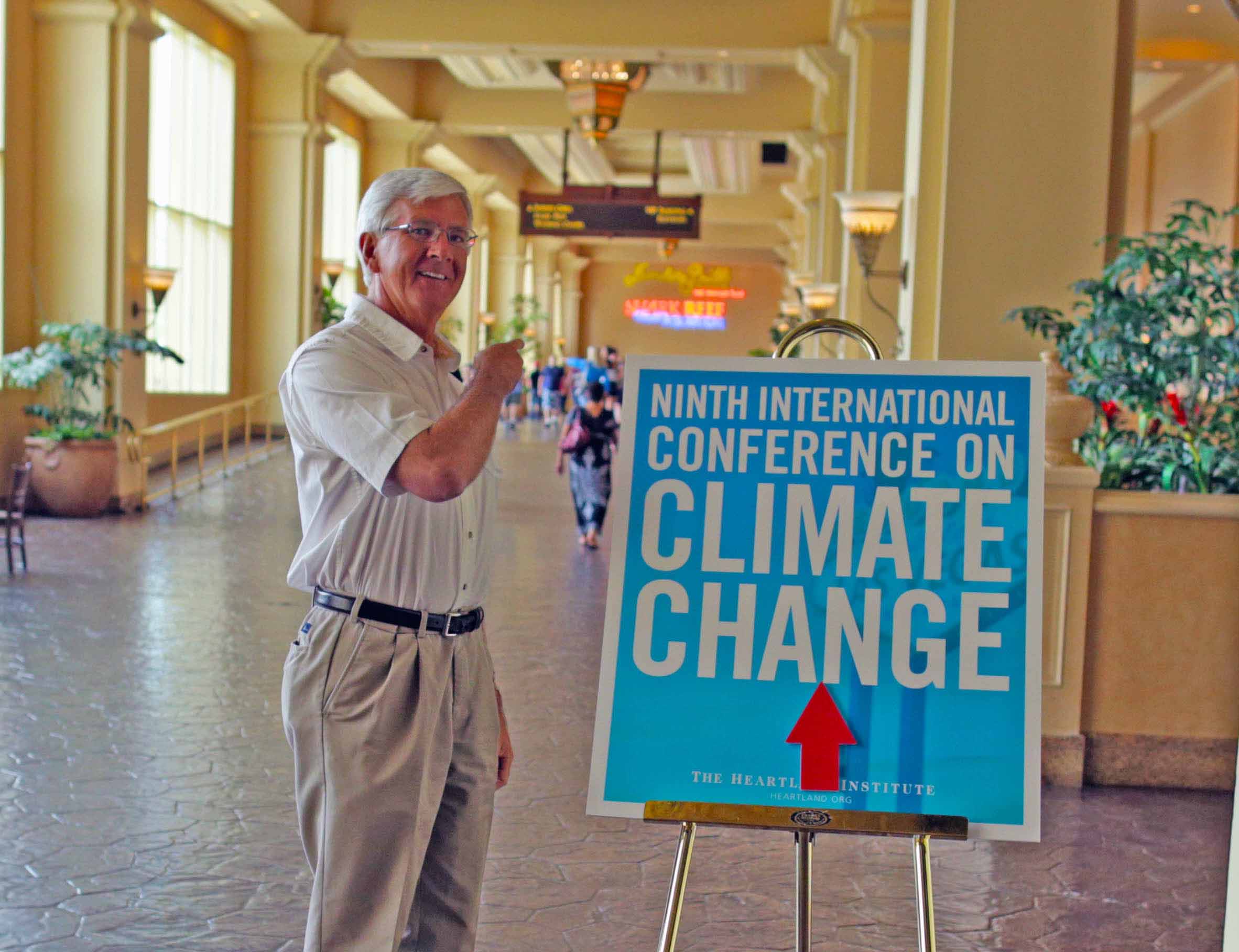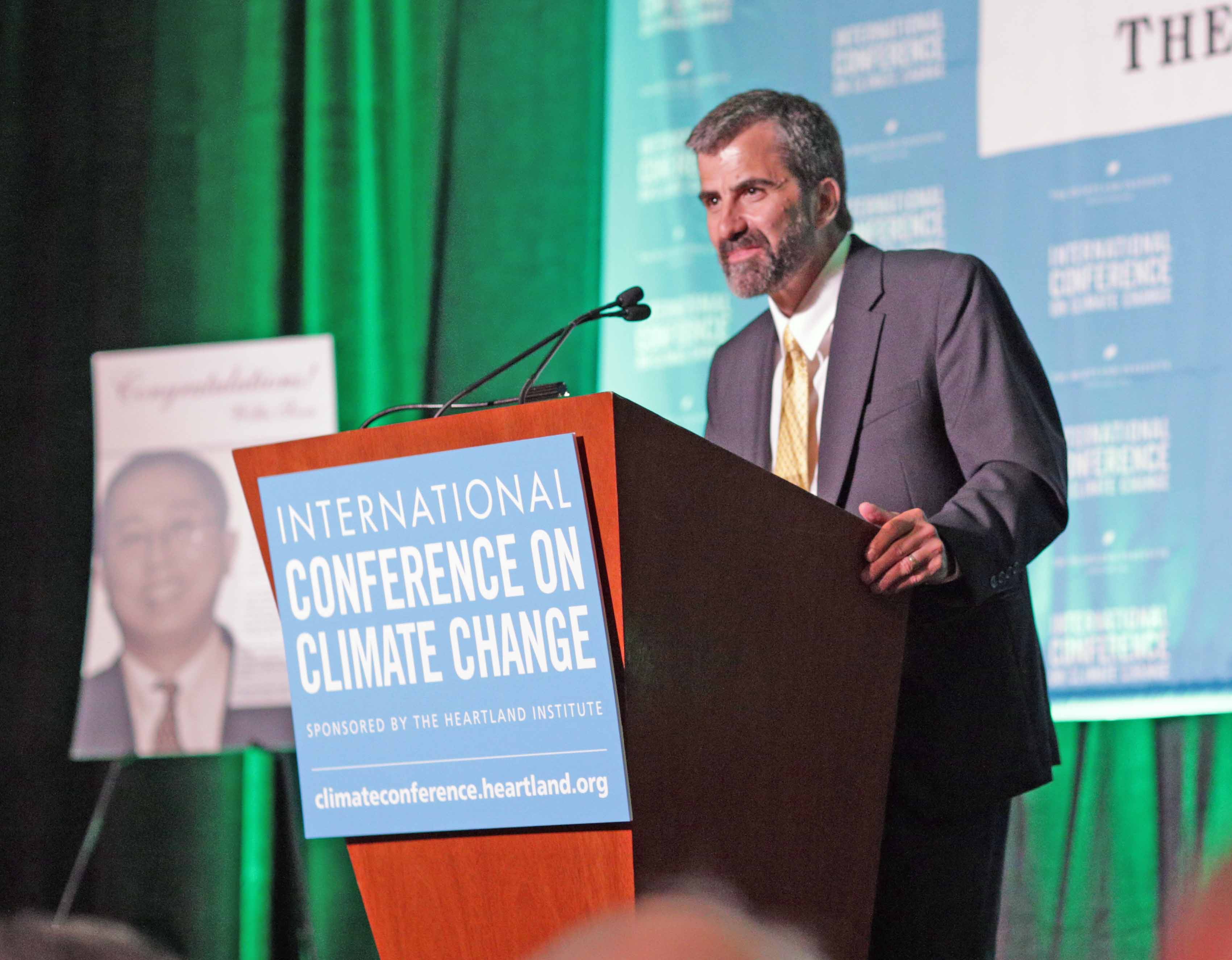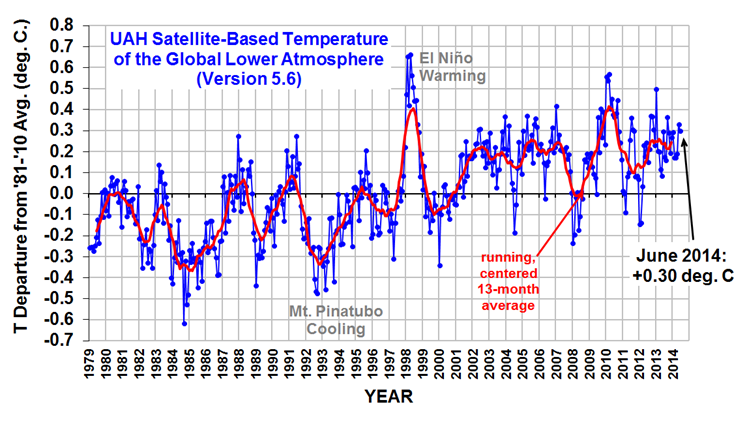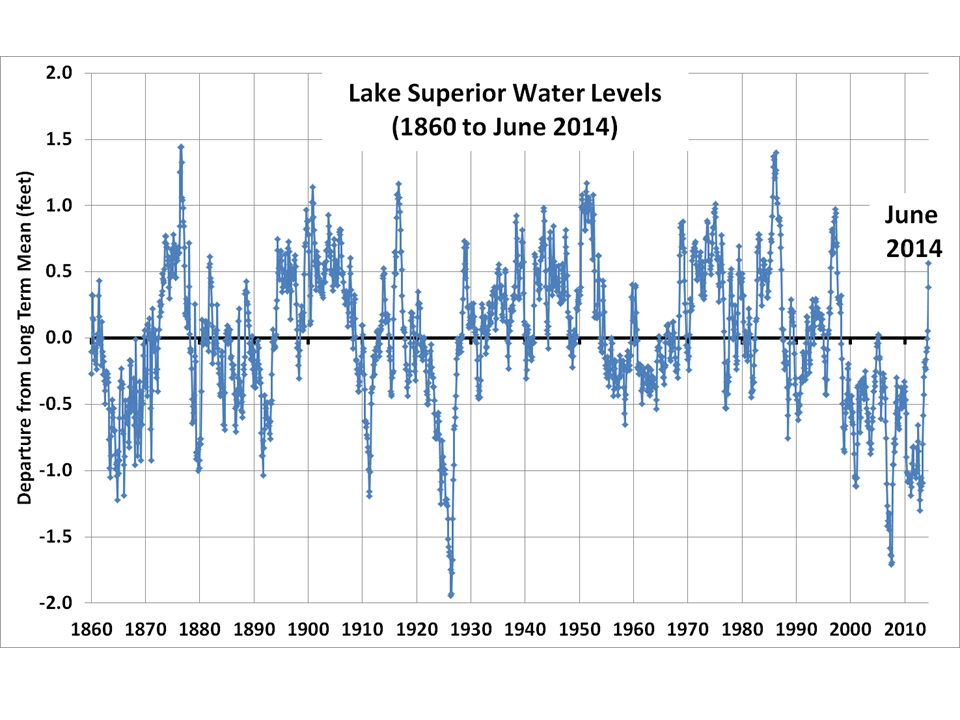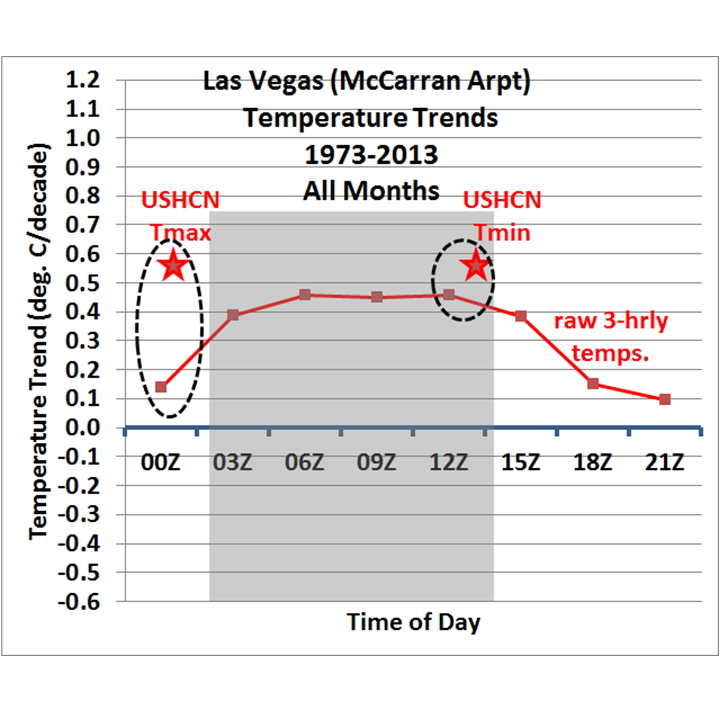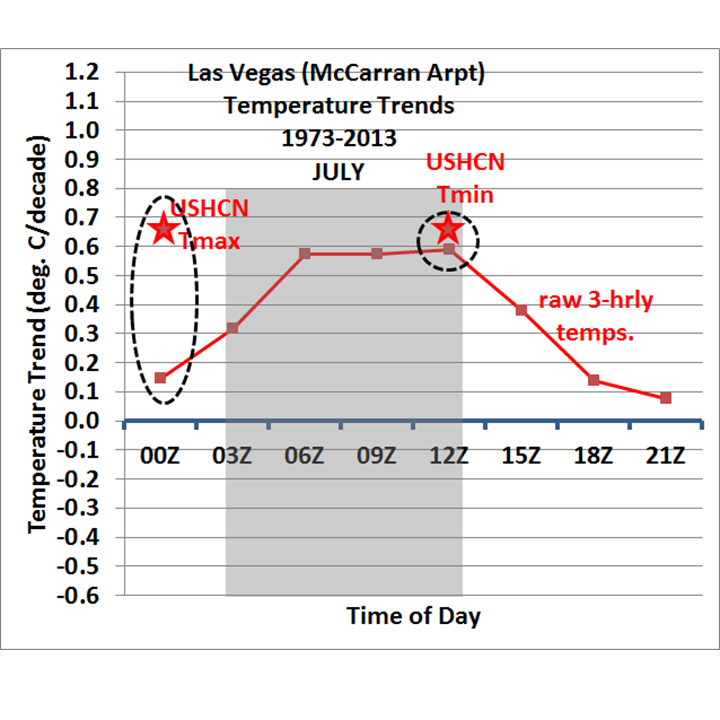I’ve been thinking about the recent “skeptics conference” in Las Vegas.
First of all, this was easily the most energetic of the Heartland conferences held over the years. Clearly, we skeptics feel our point of view is being vindicated, that (1) warming is relatively benign, (2) warming is only partly human-caused, (3) the benefits of more CO2 in the atmosphere appear to greatly outweigh the risks, and (4) there’s little that can be done about reducing CO2 emission anyway, until we have new energy technologies sufficient to meet global energy demand.
I have to wonder just how massive such a conference would be if the government were to actually fund research into natural causes of climate change. The funding is so severely stacked against the skeptics’ side that our movement remains at a mostly grassroots level.
But they can’t ignore our arguments any longer. For many years we had been hearing from the “scientific consensus” side that natural climate change is nowhere near as strong as human-caused warming…yet the lack of surface warming in 17 years has forced those same scientists to now invoke natural climate change to supposedly cancel out the expected human-caused warming!
C’mon guys. You can’t have it both ways! They fail to see that a climate system capable of cancelling out warming with natural cooling is also capable of causing natural warming in the first place.
Secondly, the conference was very well organized. To all appearances, it went very smoothly. I was struck by the variety of styles and messages presented by the keynote speakers.
I thought Patrick Moore’s talk was the most powerful. As a 15-year member of the original Greenpeace movement, Patrick described how that organization morphed from helping to hurting humanity.
Lord Monckton closed the conference with a clever poll of the 600+ member audience that revealed a 100% “consensus” that climate does indeed change (there were no “climate change deniers” there), and that humans probably contribute to that change.
I only got to attend a small fraction of the non-keynote talks given, due to repeated requests for interviews by the media. There were three parallel sessions, so at most you could only attend 1/3 of the talks. This is typical for conferences, though. Fortunately, all the talks were videotaped and are available at the Heartland website. The quality of the panel presentations varied greatly, but that’s to be expected given the relative infancy and lack of institutional funding of the movement.
The real benefit of the conference was the opportunity for the movers and shakers in this business to talk one-on-one, as well as to talk to concerned citizens who attended the conference. A wide variety of skeptical opinions on the subject were represented there, which is a good thing. I personally believe we know so little about the causes of climate change that we need to keep the lines of communication open (although readers here know I also believe the theory that there is no “greenhouse effect” is misguided).
To me, it feels like a climate skepticism tipping point has been reached.

 Home/Blog
Home/Blog